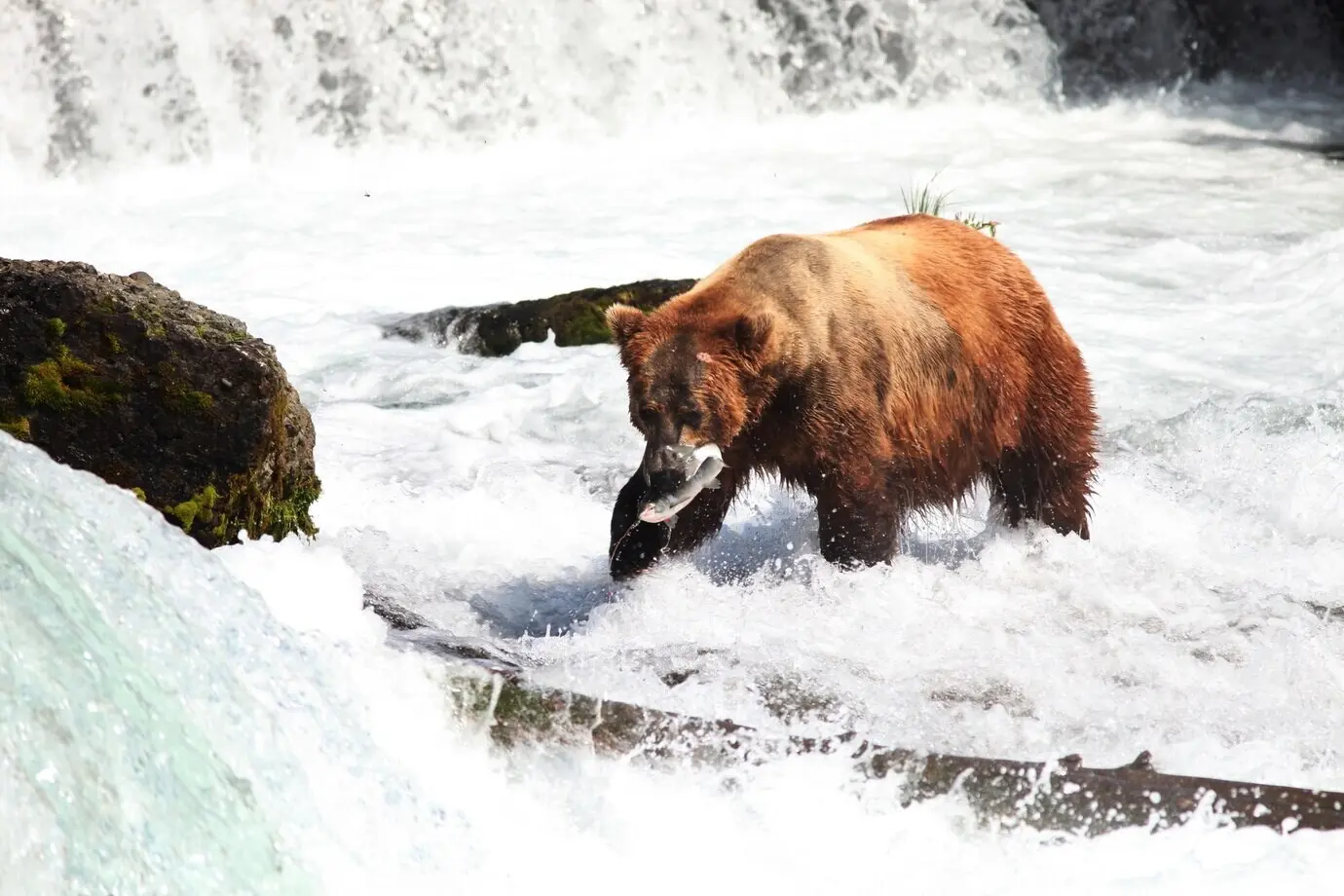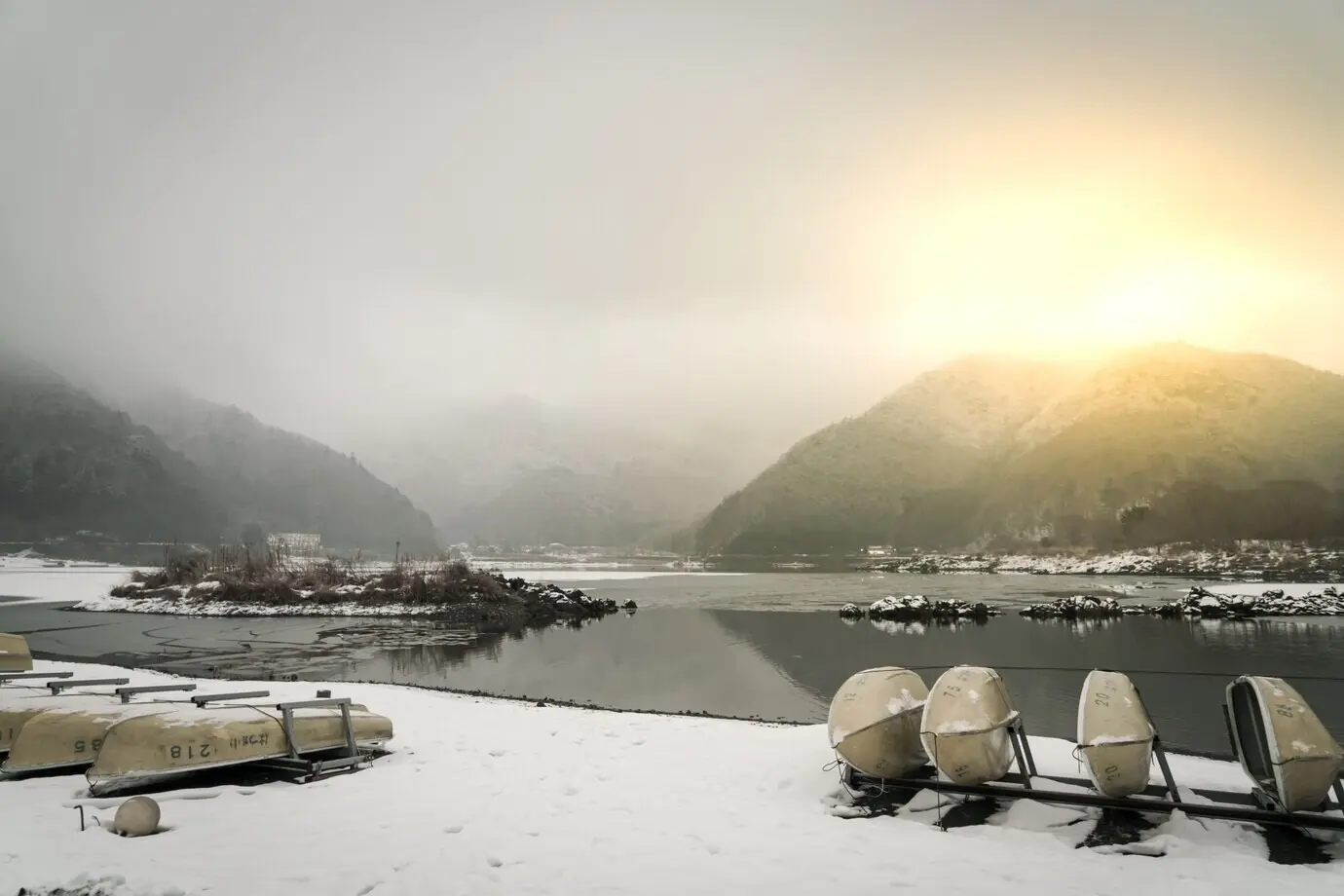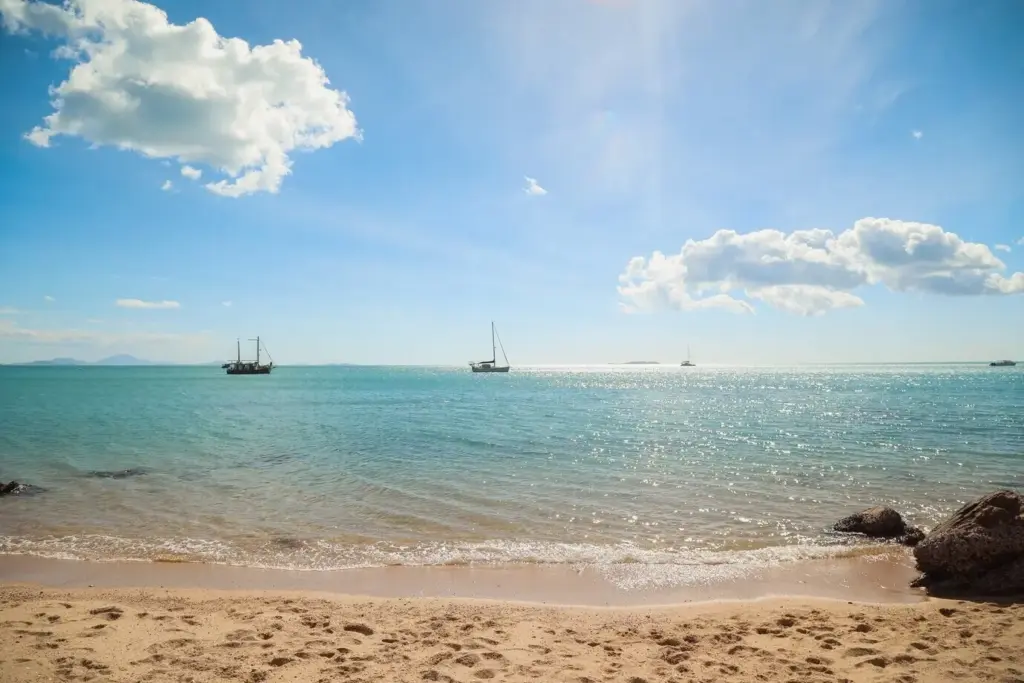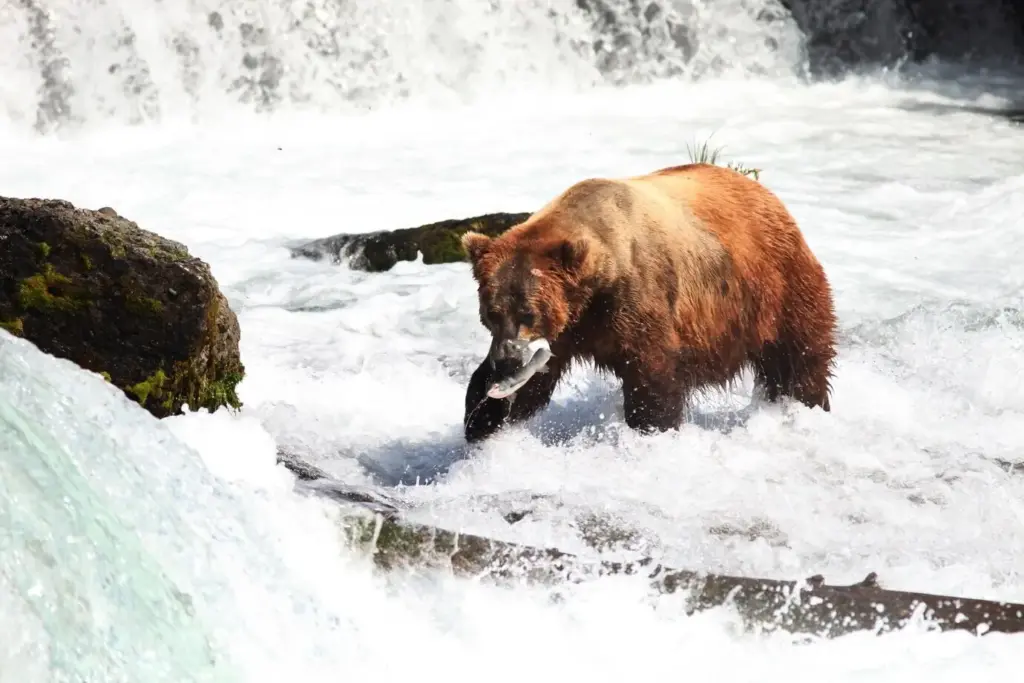Wisdom on the Water: Elders Guiding Tomorrow’s Anglers
Why Experienced Hands Matter
Experience That Shortcuts Mistakes
Decades on the water reveal patterns a beginner cannot see: when wind pushes bait into coves, why bright sun tightens bass to shade, how a sloppy knot loses the fish that mattered. Veteran mentors translate these patterns into memorable checklists, reducing wasted hours, broken gear, and dangerous choices, while preserving room for curiosity and the joy of discovering personal style.
Patience Built Over Seasons
Teaching a child to feather a spool or track a drifting indicator requires patience that can outlast wind knots, tangles, and skittish bites. Elders model steady breathing, deliberate movements, and encouraging language, turning frustrating moments into manageable steps. That calm becomes contagious, nurturing resilience that carries beyond the boat into school, friendships, and future work.
Program Models Making Waves

One-to-One Pairings
A steady partnership allows personalized goals, predictable scheduling, and trust that makes honest mistakes safe to share. Mentors track progress over months, adapting lessons when growth spurts change rod handling or schoolwork limits practice time. Youth absorb nuanced decisions—subtle retrieves, knot selection, fish handling—because feedback arrives immediately, with context and encouragement drawn from shared history on familiar waters.

Club-Led Pathways
Local fishing clubs create pathways from curiosity to competence by pooling boats, tackle, and meeting space. Rotating mentors expose participants to bass tactics, trout etiquette, surf safety, and more, broadening comfort zones. Regular tournaments and skill nights add friendly structure, while parent committees handle logistics so elders focus on teaching, storytelling, and attentive supervision that keeps days smooth and memorable.

School and Camp Partnerships
When schools, summer camps, and youth centers open doors, mentorship reaches students who might never find a boat launch. Administrators gain attendance boosts, while mentors receive reliable facilities and transportation support. Lessons can integrate science standards, art projects, and writing prompts, affirming that fishing is not only recreation but also observation, communication, and stewardship practiced with joy and intention.

Skills That Stick for Life
Conservation at the Core
Catch, Photo, Release Done Right
Proper handling keeps fish healthy and memories bright. Mentors teach wet hands, brief air exposure, barbless hooks when appropriate, and tools staged within reach so releases are efficient. Photos are framed over water with gentle support, celebrating the moment while honoring the animal. These habits create pride rooted in care rather than numbers alone.
Habitat Awareness
Reading the shoreline teaches respect for life cycles: spawning beds, emergent vegetation, and the invisible highways of current seams. Elders explain why trampling banks damages nests, how invasive plants hitch rides on trailers, and which local rules protect fragile waters. With simple rituals—clean, drain, dry—youths become everyday defenders, quietly preventing harm before it starts.
Giving Back to Watersheds
Service days transform mentorship into community leadership. Participants organize shoreline cleanups, plant willows, or help with citizen science surveys that track water quality. Mentors connect these efforts to tangible fish health, celebrating the first insect hatch after restoration or improved access for families. Doing, measuring, and reflecting together builds pride that lasts long after trophies fade.
Human Stories from the Dock

A Grandfather’s Promise

From Nervous to Natural
How to Start or Join
01
Find a Mentor or Volunteer
Start with bait shops, boat ramps, libraries, and senior centers where knowledge gathers naturally. Post a simple invitation describing time commitment, safety expectations, and support provided. Many elders have been waiting for a clear ask. Background checks, basic training, and a short shadowing period build confidence on all sides and demonstrate that youth safety sits at the heart of every outing.
02
Design Your First Session
Begin on shore with name learning, ground rules, and basic gear orientation, then move to simple casting games before touching hooks. Finish with a short, achievable fishing window and a reflection circle. Provide water, sunscreen, and snacks. Document successes with a group photo and personal goals, setting up accountability and excitement for the next meeting without pressure or comparison.
03
Funding and Gear Access
Keep costs low with loaner tackle, donated line, and shared toolkits labeled for quick setup. Seek microgrants from neighborhood councils, conservation groups, or local businesses that love seeing families outdoors. Thrift stores and repair nights stretch budgets while teaching maintenance skills. Transparent accounting and thank-you notes build trust, encouraging repeat support and long-term stability for growing participation.
Build Community and Keep Momentum

